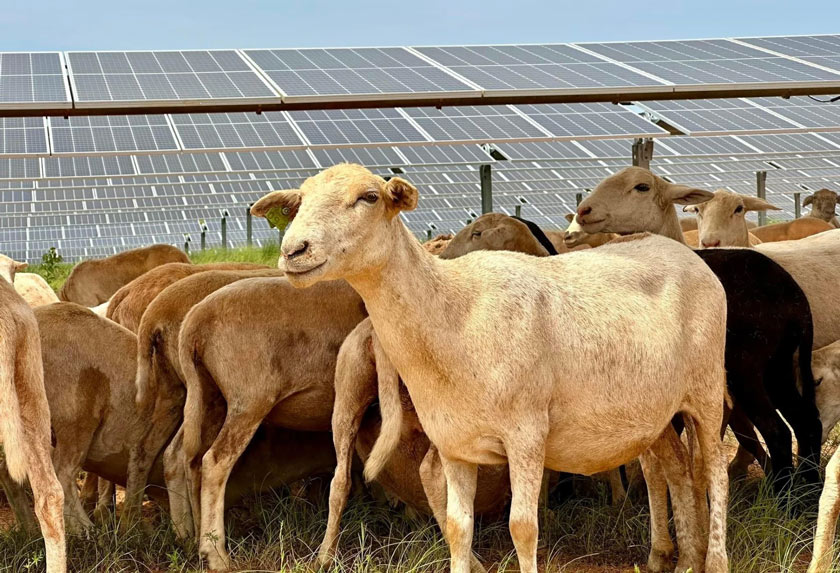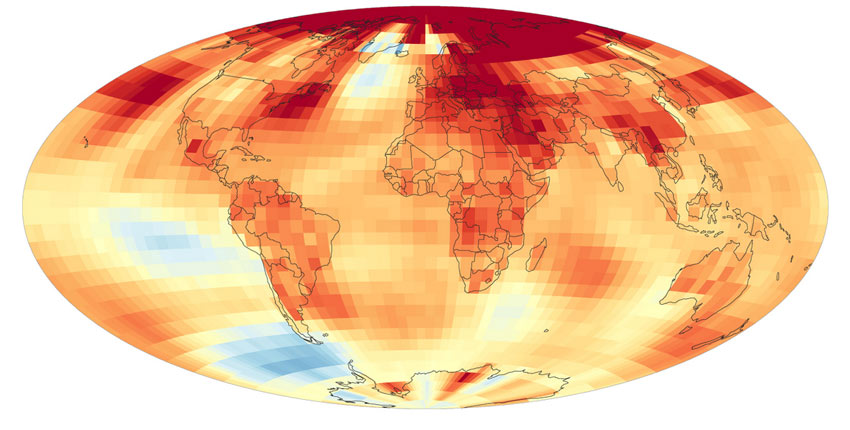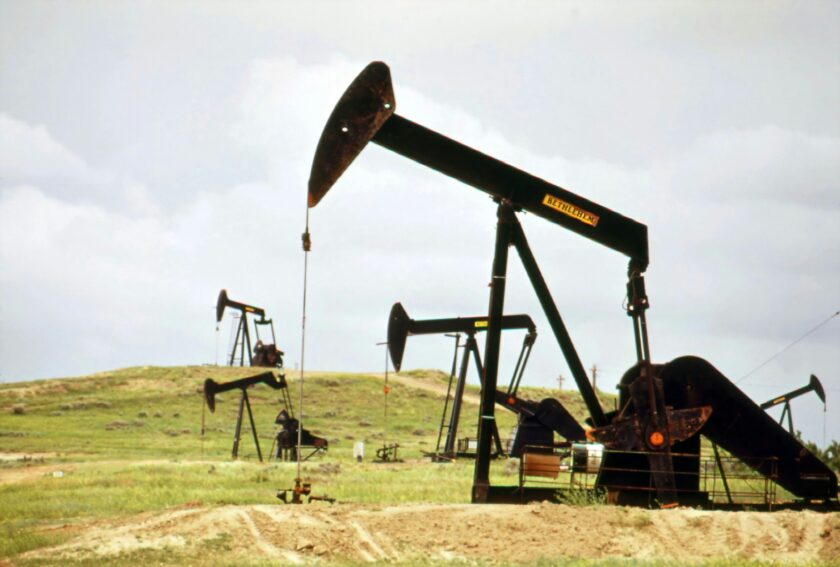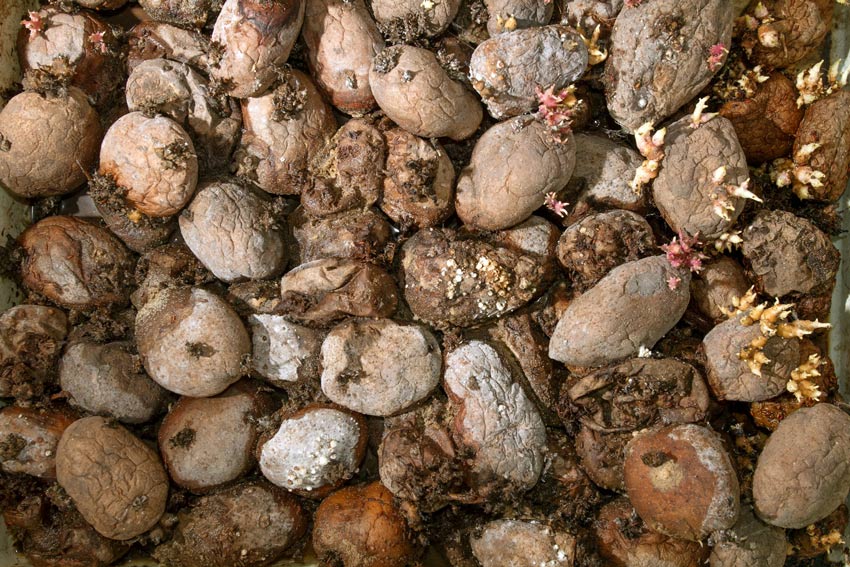
What does the fact that we trash 35% of the food produced in the U.S. AFTER it is delivered to the grocery store? It means that all the energy used to plow, plant, irrigate, fertilize, manage pests with pesticide, harvest, store, package, transport, and shelve the food was wasted—it was trashed, not consumed. It did not provide nourishment; it went to the landfill. That is bad enough, right? But there is more… what about the fact that many fertilizers and pesticides and derived from a barrel of oil? What about the energy (and trees) that went into the packaging? Or the plastic (also comes from a barrel of oil) used in packaging?
Think also of all the hungry people. The folks who would happily take much of that food that was thrown away. There is more energy used to figure out some way to feed the hungry—food distribution centers, soup kitchens, holiday delivery of dinners. Wasting food is not only a shame, but also another thing that we can address to conserve energy—to ensure that the energy used to produce that food fulfills its purpose to feed and nourish people.
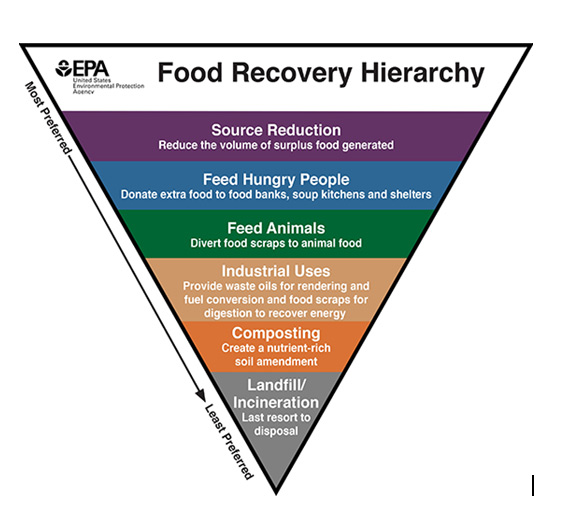
Actions have been taken to organize the reduction of food waste in recent years. If you want to dive into the details of the work being done to reduce food waste, here is a great place to start. https://zerofoodwastecoalition.org
Categories
Featured posts
January 31, 2025
January 31, 2025

